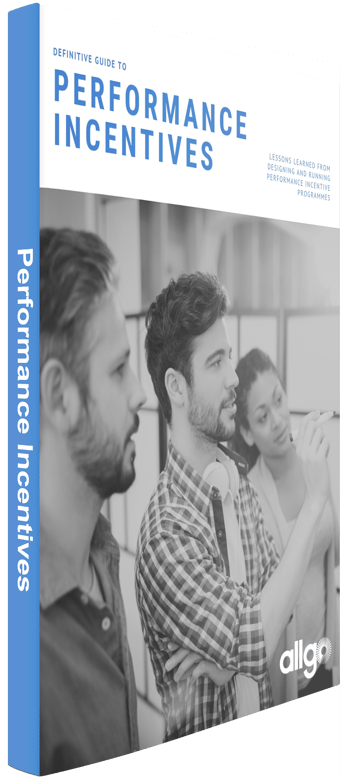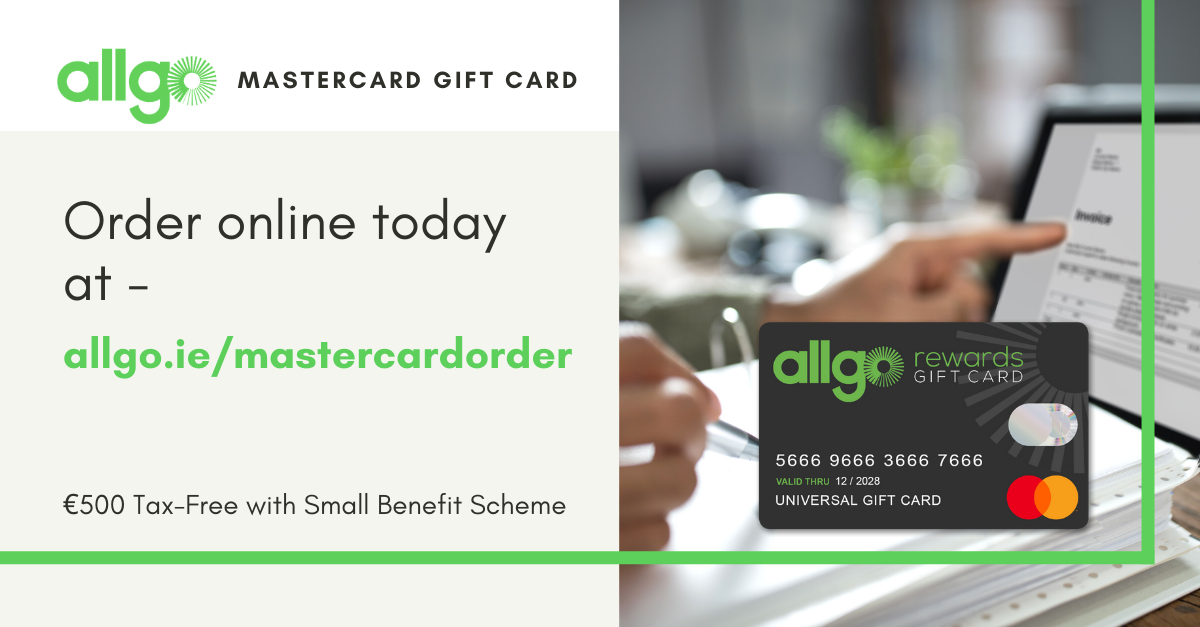
The great thing about performance incentives is that they are based on measurable employee performance and therefore lend themselves to accurate ROI calculations.
The two prerequisites are firstly to have a baseline (pre-incentive) measure of each goal to be incentivised and secondly to assign a value to the business for each goal achieved.
For example, an incentive could offer employees rewards for submitting business referrals. If there are currently 10 business referrals being generated per month, and each business referral is estimated to be worth €1000 in lifetime value to the business, then every referral above 10 per month will have a direct return of €1000 that can be attributed to the incentive programme.
There are also indirect returns, or incidental benefits, associated with incentive programme (especially if no programme has existed before). These can include improvements in work environment and culture, customer satisfaction, employee engagement, etc. These returns, while potentially valuable, can be more difficult to measure and to attribute to the incentive programme. So to keep the ROI calculations robust, we recommend that indirect returns are noted, but not used as part of the ROI calculation.
Direct Returns
These are the hard measures that can be directly attributed to the incentive programme. Ideally there will be a set of “before” data to act as the baseline so that only the incremental improvements will be included in the programme results.
What is important is that a business value is estimated for each performance criteria include in the programme. For example-
| Direct Goal | Example | Value to the Business |
| Attendance | Every month an employee has zero sick days | €300 |
| Productivity KPIs | 1% Increase in monthly Utilisation | €200 |
| Customer Reviews | Each 4 or 5 star review that an employee earns | €25 |
| Business Referrals | Each referral that results in a new client or piece of business | €1,000 |
| New Employee Referrals | Savings on recruitment fees of each new employee referred by a colleague | €3,000 |
| Health & Safety Measures | Completing Health & Safety certification | €40 |
| Compliance Goals | Completing monthly billing entry on time | €50 |
| Training | Completing each module of a specified training programme | €20 |
| Suggestion Scheme | Each employee suggestions submitted that is put forward for leadership consideration | €100 |
 Calculating the Incentive Programme Cost
Calculating the Incentive Programme Cost
The other side of the ROI calculation is of course, the costs. For any incentive programme, calculating the costs will comprise of the following elements-
1. The cost of the rewards (by far the largest element)
2. Cost of incentive provider fees
3. Less any company tax saved on the programme (eg Small Benefit Scheme)
4. Less any reduction in internal administration costs
5. Less existing ad hoc reward spend
So for example, take a company with 100 people (with average salary of €30,000 per annum), who run an in-house employee reward programme and also have managers buying ad hoc rewards for their teams.
The company now wants to use the full €500 Small Benefit Scheme and award on average €300 in rewards per employee spread over the whole year on a single performance incentive programme. The company partners with a specialised provider to run the programme at an annual costs of €10,000. So the total cost calculation for this programme would look like–
| Cost Item | Description |
Estimate |
| Cost of the Rewards | €300 per employee (on average) | €30,000 |
| Incentive Provider Fees | Annual fees to third party provider | €10,000 |
| Less Employer Tax Saved on Programme | Employer’s PRSI @ 10.85% of Reward Total (on Small Benefit Scheme – not including income tax saved by employees themselves) | (€3,255) |
| Less Reduction in HR Admin | Estimated reduction in resource by outsourcing programme | (€5,000) |
| Less Existing Ad Hoc Spend | Estimated total amount already being spent on employee rewards throughout the organisation | (€10,000) |
| Total | €21,745 |
So once you have the total direct returns and the total incentive costs, the ROI calculation itself is pretty straight forward-=
ROI = Direct Returns (Qty of Goals Achieved x Goal Value) /
Net Cost of Programme
The only drawback to performance incentive ROI calculations is that it is historical – it can only be established once the initial investment has been made, and the programme has been running for a period of time. So there is still an element of risk involved in setting up a performance incentive.
This risk can really only be mitigated from case studies by similar companies, and by only committing to running the programme for a certain length of time (usually a year) before reviewing and renewing.
What returns should you aim for on your incentive programme? Well, obviously every programme needs to return at least its annual cost to be viable, with any indirect returns providing the “profit” on the programme. Many companies though aim for a 2:1 ROI, and we have seen ROI’s of up to 7:1 based on gross sales increases on some of the more successful incentive programmes.
Of course once an acceptable ROI has been established, the goal is then to maintain or increase that ROI by developing and possibly expanding the incentive programme – but this is made a lot easier when the ROI has been proven.
Download the Guide to Incentive Performance eBook
Get our expert guide on best practice for designing and running employee performance incentive programmes. What works, what mustalkkejs should you try to avoid. What are other companies doing? Download it for free today by clicking the Download Now button below.





